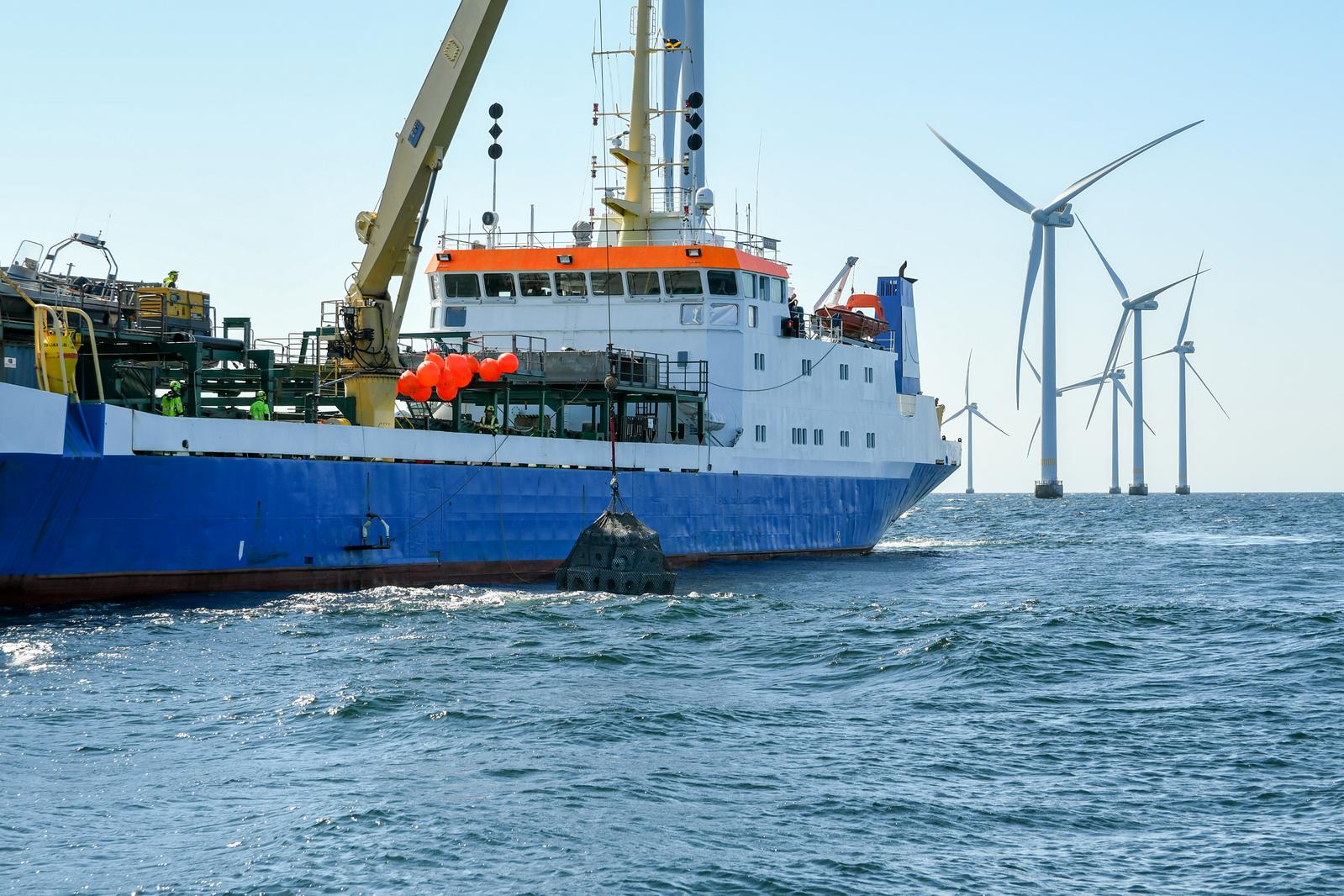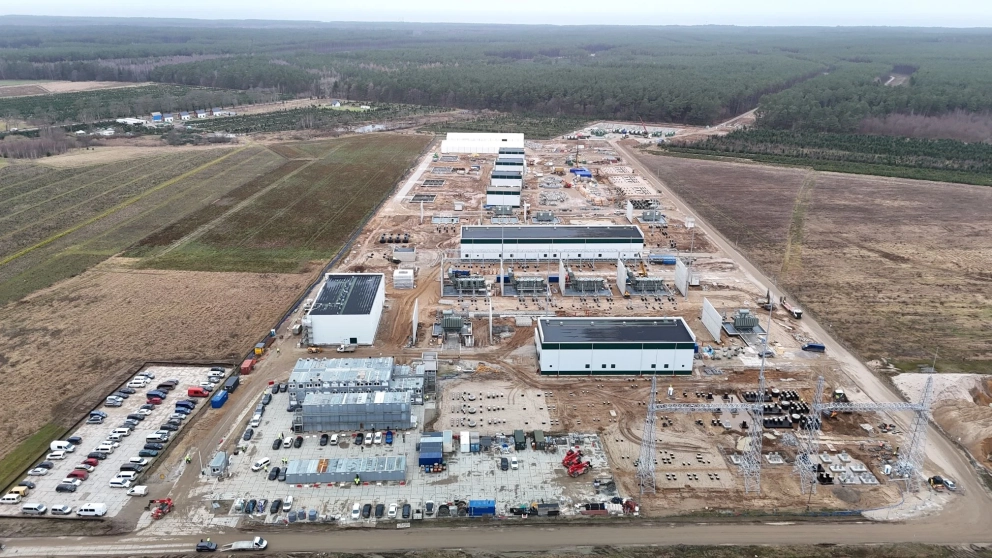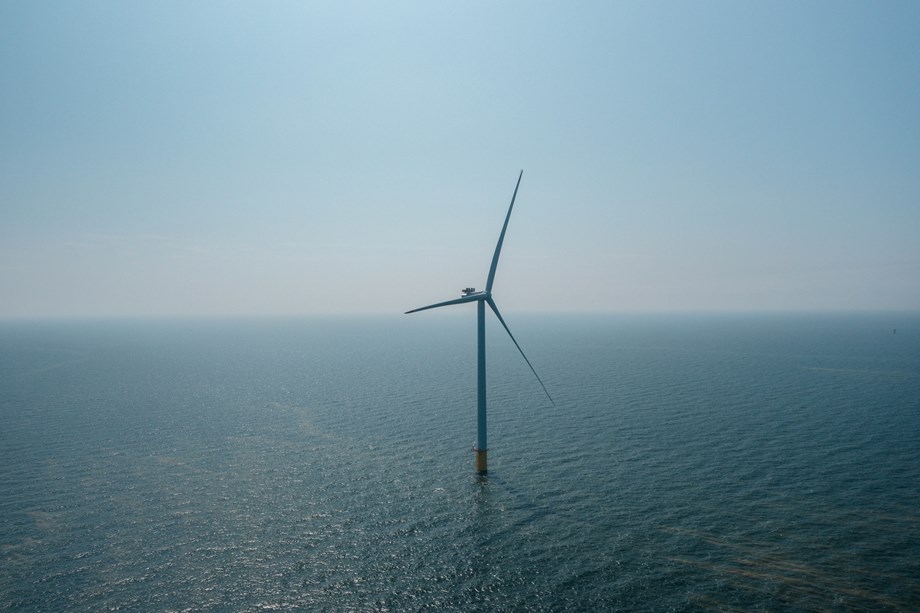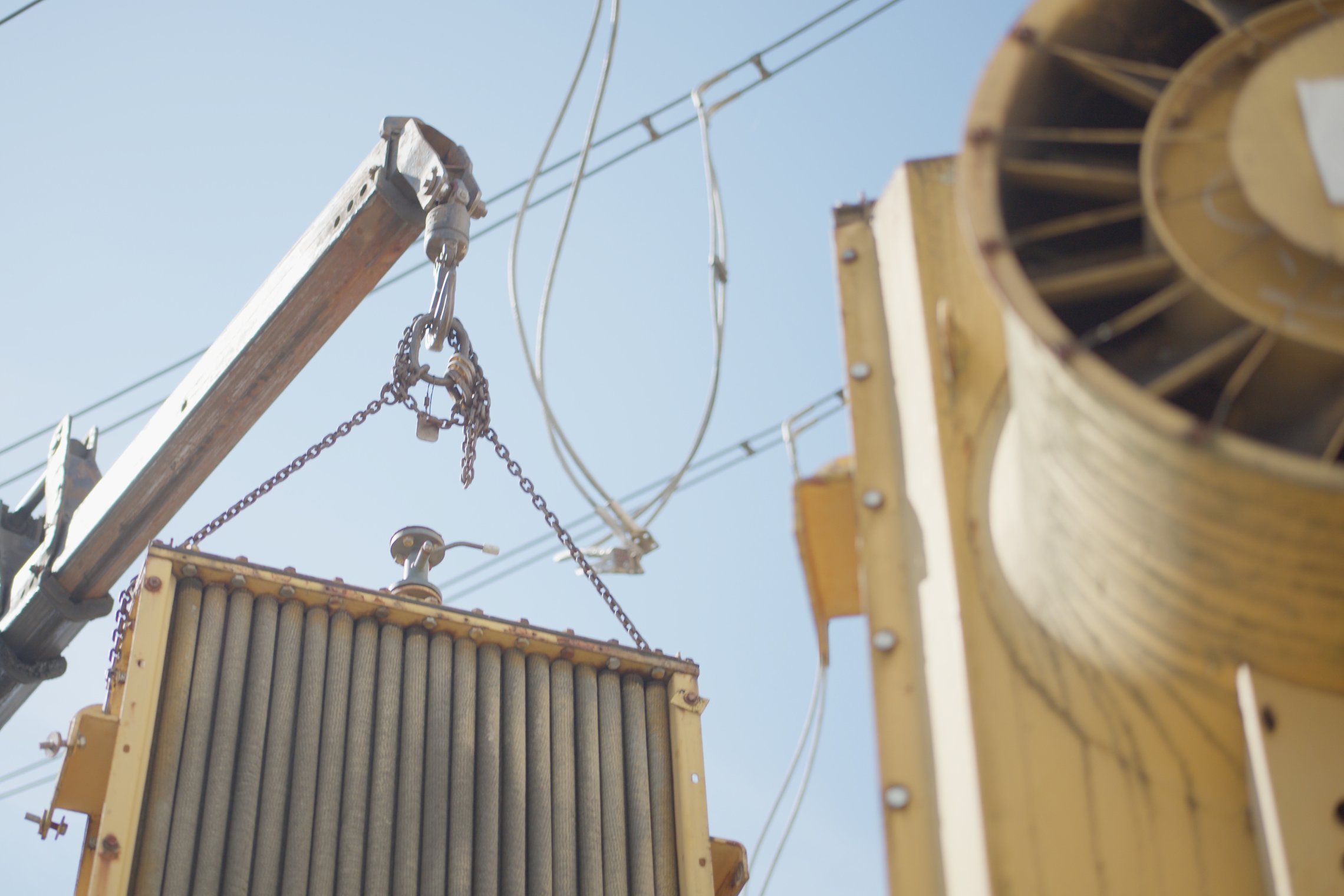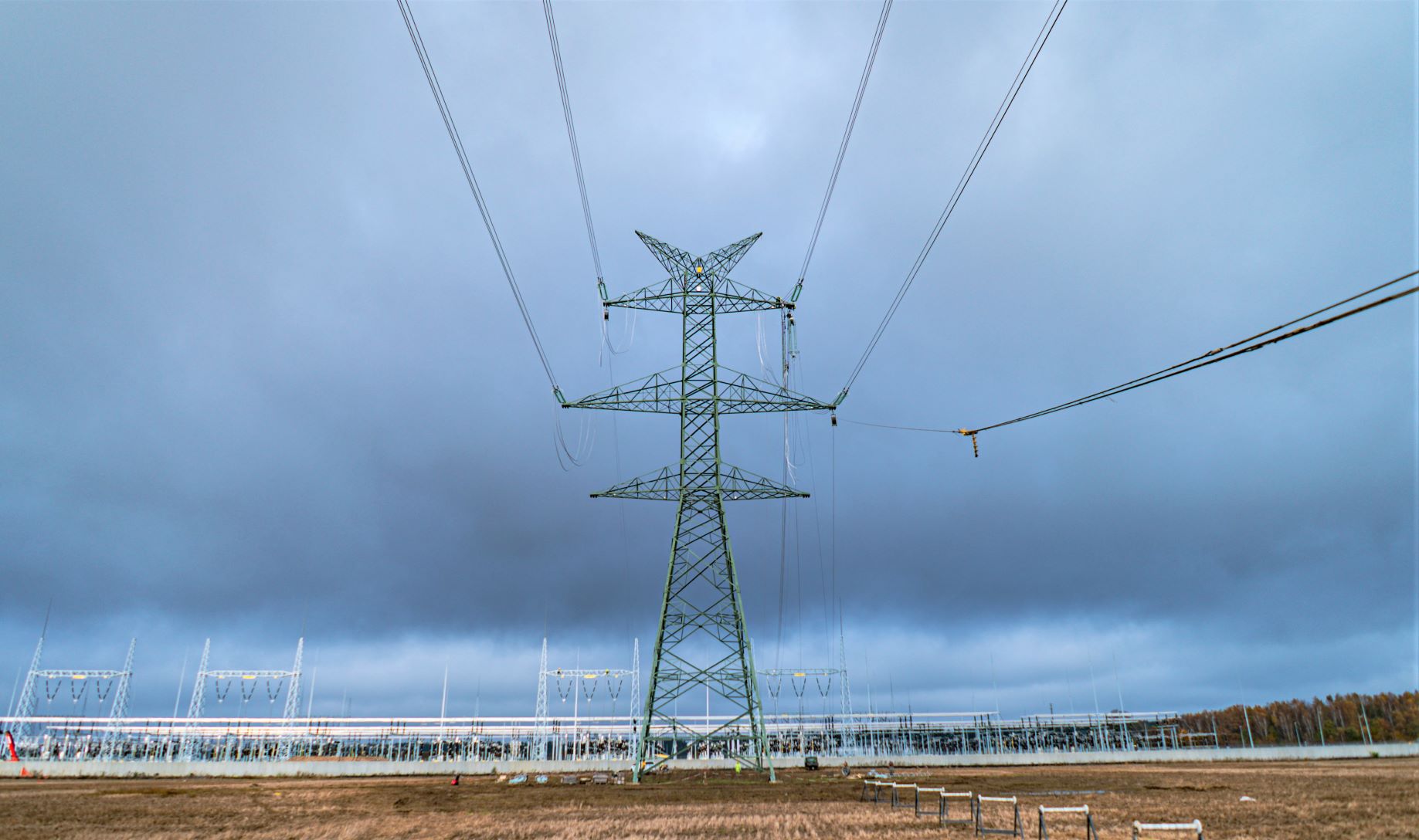RWE is investigating how artificial reefs at offshore wind farms in the Baltic Sea can affect the marine ecosystem and whether they can create an attractive marine habitat, particularly for blue mussels, algae and fish species. In partnership with Linnaeus University and cable service provider Baltic Offshore Kalmar AB, RWE is conducting a pilot study in the Swedish Baltic Sea. After month of preparation, collection of water samples and seabed assessments, the study has entered its practical phase with the installation of artificial reefs at RWE’s Kårehamn wind farm (48 MW, 16 turbines) 7 km off the Swedish coast. 180 carbon neutral, plastic-free reef cubes® have been deployed on the seabed to assess how marine life is settling here. The research is planned to continue until 2026. The reef cubes were designed and manufactured by ARC Marine, a leading supplier of nature inclusive solutions, who also won RWE’s “Innovation Ecology Award” in 2022.
Sven Utermöhlen, CEO RWE Offshore Wind: “As a global leading offshore player, we are responsible for operating wind farms in harmony with nature. To deliver green electricity, we invest billions of euros annually in wind power. We are committed to expanding our portfolio in an environmentally friendly way. With this in mind, we have set ourselves ambitious sustainability targets. This study is a significant step forward. Assessing how our activities may help to promote biodiversity will enable us to take the long-term sustainability of offshore wind farms to the next level.”
Catherine Legrand, Professor in Marine Ecology at Linnaeus University: “Research on the ecological impact of offshore wind farms is continuously increasing, however few studies include multiple interactions between the wind farm activities and the ecosystem. The study at the Kårehamn wind farm is unique in many aspects. As a shared marine space, an offshore wind farm offers excellent potential to produce green electricity, as well as providing habitat provision for marine life with no conflict. It is both exciting and challenging to follow the biodiversity of marine life almost in real time at the wind farm site.”
Kårehamn biodiversity pilot study
The objective of the study is to assess how artificial structures at offshore wind farms can promote biodiversity and support ecosystem services, such as habitat provision, nutrient cycling and water quality, hence contributing to the restoration and preservation of the Baltic Sea.
The study started in 2023 with the collection of information for the baseline scenario. This included a survey of the underwater area including sampling from the seabed and eDNA sampling to assess the ecosystem and to identify the species in the region, such as mussels, vegetation and fish. By understanding the biodiversity, the team could predict the possible impacts of the subsequent project phases more effectively and plan accordingly.
During the installation, 180 reef cube® structures have been submerged on the seabed at Kårehamn wind farm using different sizes, which vary from 15×15 cm to 75×75 cm. The rationale for selecting this location is the previously observed development of species on the foundations of the wind turbines. The intention is to create artificial reefs for habitats and species to grow and hide in, with a special focus on macroalgae, blue mussels and various species of fish.
In the colonisation phase from 2024 to 2026 the submerged cubes and the surrounding ecosystem will be examined. This will provide valuable data and learnings for the sustainable design of future offshore wind projects.
